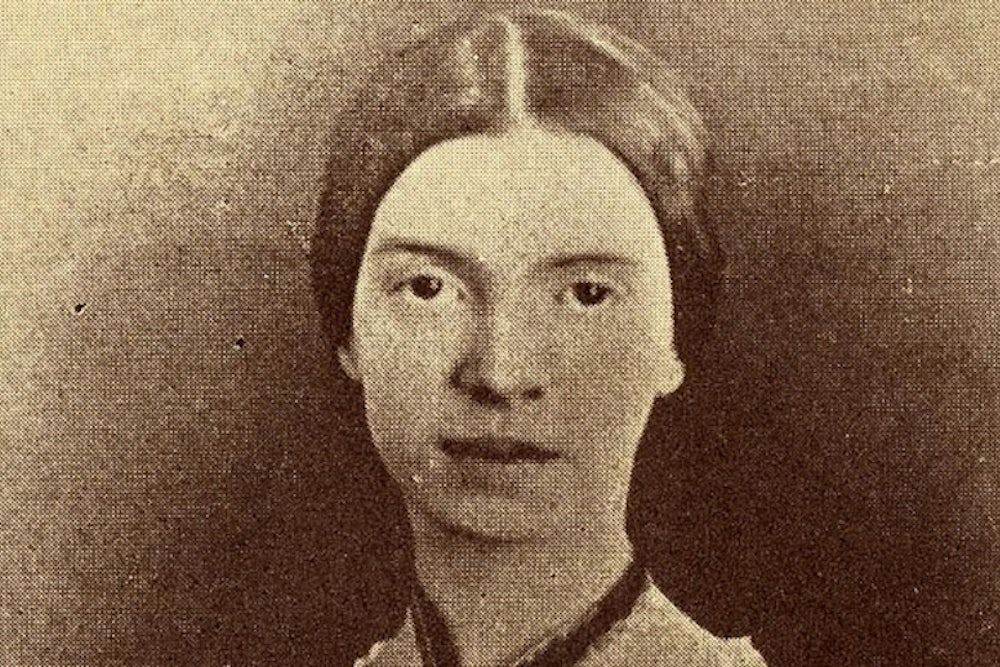It's now well-known that on May 15, 1886, when Emily Dickinson died and left behind a trove of magnificent, genre-altering poems, that she left little to no direction as to how they should be read or edited. Seventy-odd years later, when the first complete edition of her poetry was published, the debate about how exactly to organize and display her work was already raging. Dickinson's cryptic dashes, nontraditional linebreaks, and nonexistent organizational system created a daunting set of questions for her editors: In what order should the poems be displayed? How to decide on stanzas and linebreaks? Should crossed-out words be excised entirely, or offered as alternatives?
Since Harvard University debuted its massive, all-encompassing collection of Dickinson's digitized manuscripts in May, those questions, while still fascinating, no longer impede enjoyment of her works. Instead, readers can focus directly on the words themselves. So, in honor of the Belle of Amherst, here are the beautiful, beguiling manuscripts of some of her most profound and beloved poems.
All images via Houghton Library, Harvard University, Cambridge, MA.






